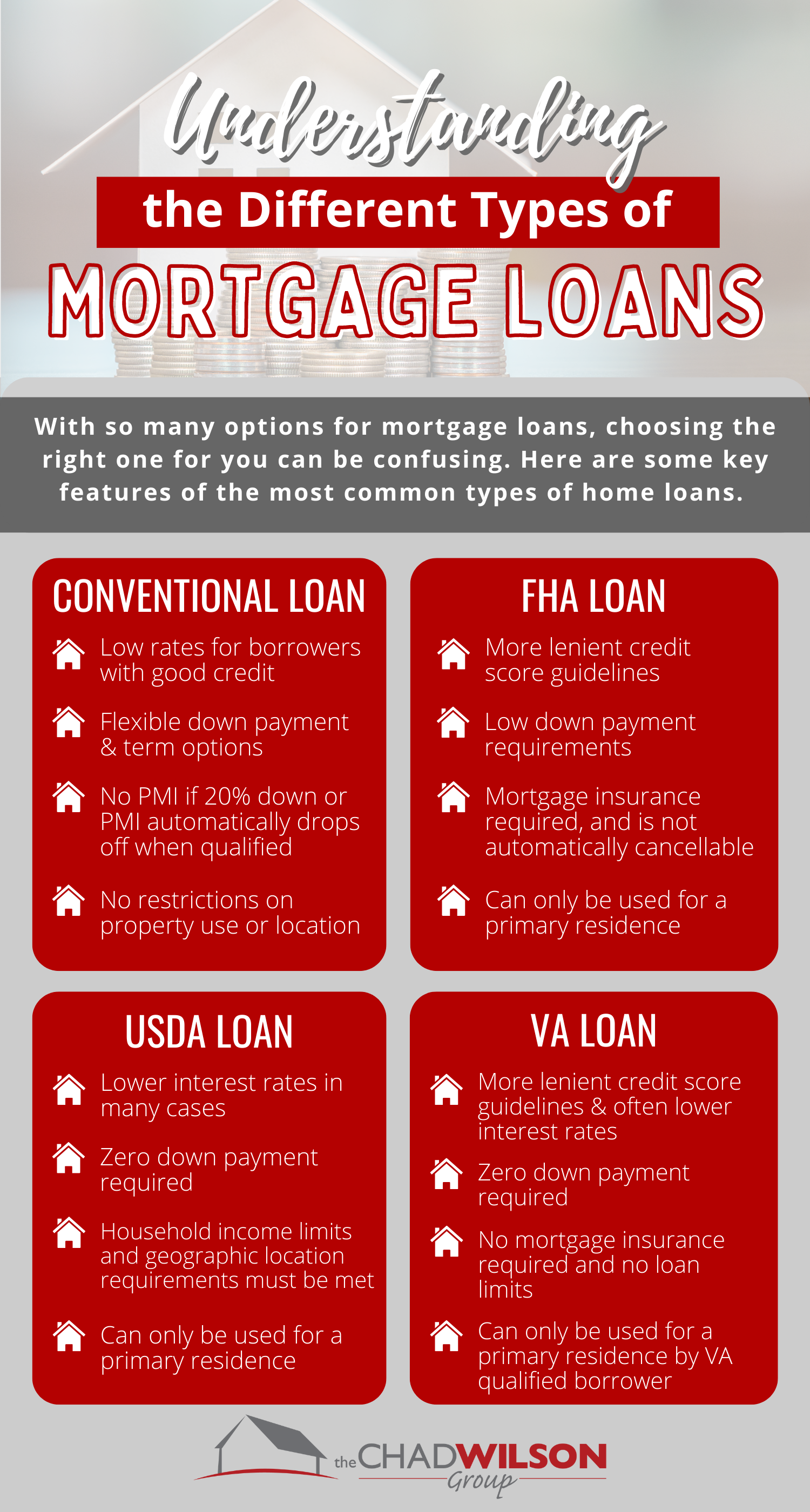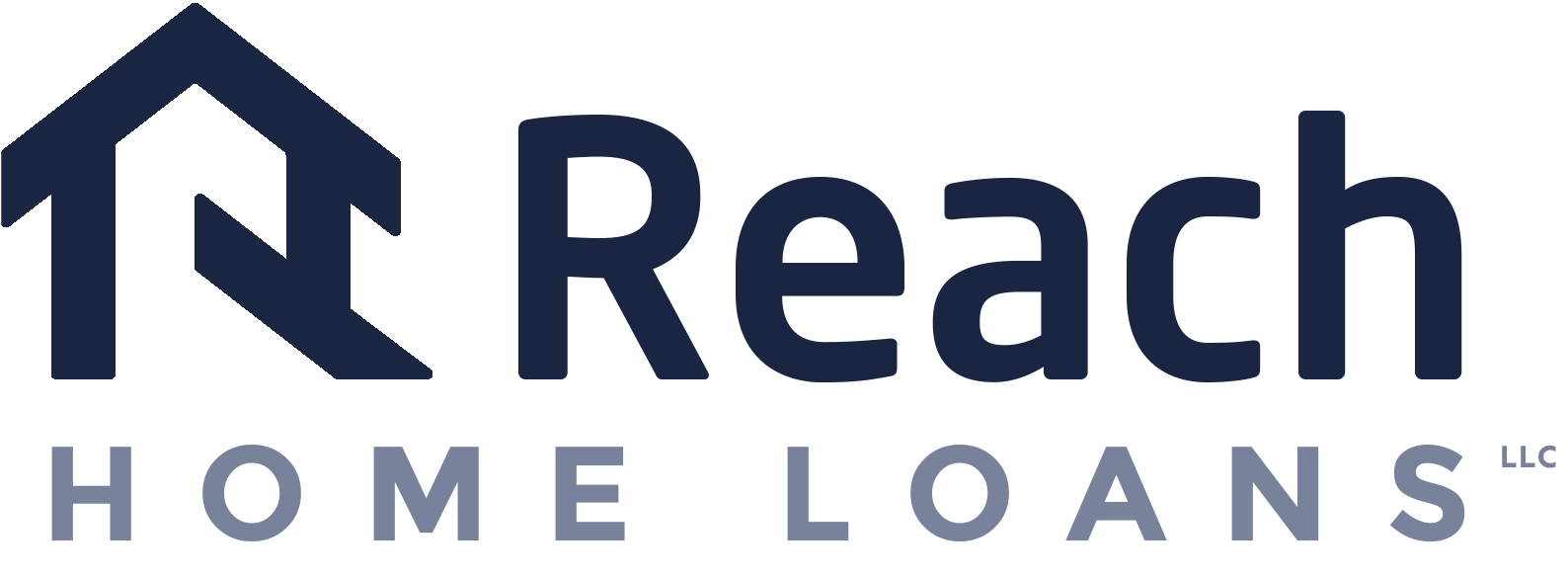Maximize Your Homebuying Prospective with Conventional Mortgage Loans
Maximize Your Homebuying Prospective with Conventional Mortgage Loans
Blog Article
The Necessary Variables to Take Into Consideration When Picking Between Fixed-Rate and Variable-rate Mortgage Financings
When reviewing home mortgage alternatives, customers face a pivotal choice in between adjustable-rate and fixed-rate fundings, each offering distinctive advantages and potential mistakes. Key factors to consider such as rate of interest rate security, predictability in regular monthly payments, and the effects of prospective rate modifications can considerably impact lasting financial wellness.
Rate Of Interest Security
When picking a mortgage, comprehending interest price stability is crucial for informed decision-making. Rate of interest rates can considerably influence the overall expense of a home loan, and recognizing the nature of these prices is necessary for borrowers.
On the various other hand, variable-rate mortgages (ARMs) start with reduced initial prices that might transform periodically based on market conditions. While this can lead to lower repayments originally, it additionally presents unpredictability, as borrowers may face increased payments if rates of interest rise. For those thinking about an ARM, it is crucial to analyze the likelihood of rate changes, the capacity for settlement rises, and the size of the initial fixed-rate period.
Ultimately, the choice between fixed-rate and adjustable-rate home mortgages depends upon specific threat tolerance and monetary situations. Comprehending rate of interest stability aids debtors make educated choices that straighten with their long-term financial goals.
Regular Monthly Settlement Predictability
While consumers usually focus on rates of interest stability, the predictability of monthly payments is equally vital in the home loan selection procedure (Conventional mortgage loans). Regular monthly payment predictability plays a crucial duty in budgeting and monetary planning, as it straight affects a home owner's money flow and total monetary wellness
Fixed-rate home loans offer a regular regular monthly settlement throughout the life of the lending, permitting debtors to anticipate and intend their costs properly. This stability can be specifically useful for novice buyers or those on a fixed revenue, as it gets rid of the unpredictability related to rising and fall payments.
Alternatively, variable-rate mortgages (ARMs) typically feature reduced initial repayments that can change gradually, leading to prospective irregularity in month-to-month responsibilities. While at first enticing, this unpredictability can complicate monetary preparation, especially if customers do not make up future rate adjustments.
Prospective Price Changes
In the world of variable-rate mortgages (ARMs), possible rate adjustments represent a significant factor that debtors should meticulously think about. Unlike fixed-rate home loans, where the interest price continues to be the same for the life of the financing, ARMs are identified by rising and fall passion rates that are connected to market indices. This irregularity can result in substantial adjustments in monthly settlements, impacting the customer's financial preparation and budgeting.
Consumers should be conscious of the margin and index used to compute these changes, as they directly influence future rate of interest prices. In addition, ARMs frequently include caps that restrict exactly how a lot the passion price can enhance at each change and over the life of the loan, which can supply some discover this info here level of defense against radical rate walks.
Comprehending these prospective changes is critical for borrowers, as they straight impact long-term payment obligations. Evaluating individual financial scenarios and risk tolerance is essential when making a decision whether an ARM straightens with one's financial objectives.
Loan Term Considerations
Financing term considerations play an essential role in the decision-making procedure for consumers choosing between adjustable-rate and fixed-rate mortgages. The size of the loan term dramatically impacts regular monthly repayments, rate of interest, and total financial planning. Fixed-rate mortgages generally use regards to 15 to 30 years, offering stability in monthly settlements and predictability in budgeting. This can be especially appealing for consumers who prepare to stay in the very same home long-term and like the certainty of fixed settlements throughout the life of the funding.

Inevitably, debtors should assess their individual scenarios, monetary goals, and market problems when evaluating the implications of loan term selections within each home loan type.

Total Cost of Loaning
The general price of borrowing is an essential variable that can substantially influence a debtor's choice in between fixed-rate and adjustable-rate home loans. Fixed-rate mortgages use predictable month-to-month repayments, as the passion rate continues to be consistent throughout the lending term. This predictability can cause lower overall expenses, specifically in a stable or decreasing rates of interest setting. Debtors can budget plan properly, knowing their repayments will certainly not vary.
Alternatively, variable-rate mortgages click this site (ARMs) normally begin with lower first prices, causing minimized in advance costs. Nevertheless, these prices can boost after a first duration, bring about possibly greater lasting prices. Customers should think about the frequency and degree of rate adjustments, as well as the overall loan duration, to accurately analyze the economic ramifications.
Additionally, the general cost of borrowing incorporates not only passion prices however also costs and various other connected costs, such as closing prices and insurance policy (Conventional mortgage loans). When evaluating home mortgage choices, customers need to carry out an extensive cost evaluation over the life of the funding. By doing so, they can make an educated decision that lines up with their financial objectives and risk resistance
Conclusion
Finally, choosing between adjustable-rate and fixed-rate mortgage demands cautious factor to consider of several essential aspects. Interest price stability and regular monthly payment predictability are vital for effective budgeting, while the possibility for rate adjustments in ARMs introduces economic uncertainty. Furthermore, the anticipated period of homeownership and the overall expense of loaning, including interest prices and associated charges, must line up with specific financial scenarios and risk resistance. Such an extensive evaluation will certainly promote informed directory decision-making in mortgage choice.
Trick factors to consider such as passion price security, predictability in month-to-month settlements, and the implications of potential rate adjustments can substantially affect long-lasting monetary health and wellness. Rate of interest prices can substantially affect the general cost of a home loan, and recognizing the nature of these rates is necessary for consumers. Unlike fixed-rate home mortgages, where the passion price stays the same for the life of the funding, ARMs are defined by varying interest prices that are linked to market indices. Furthermore, ARMs typically include caps that restrict just how much the interest price can boost at each adjustment and over the life of the lending, which can provide some degree of security against radical rate walkings.
Interest price stability and monthly repayment predictability are critical for reliable budgeting, while the capacity for rate adjustments in ARMs presents economic uncertainty.
Report this page